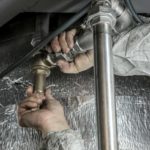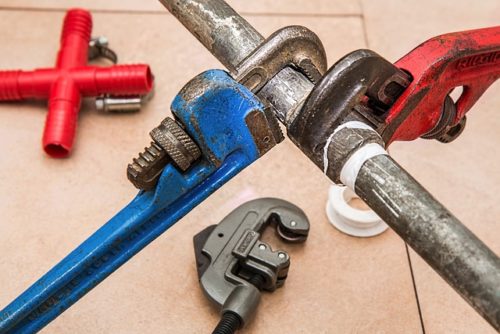Plumbing, often overlooked in our daily lives, plays a crucial role in maintaining the comfort and functionality of our homes and businesses. From the simple act of turning on a faucet to the complex network of pipes hidden behind walls, plumbing is an essential component that ensures the smooth flow of water and the efficient disposal of waste. In this article, we will delve into the significance of plumbing, its evolution over time, and the advancements that make it an indispensable part of modern living.
Historical Perspective:
The history of plumbing dates back to ancient civilizations, where basic plumbing systems were developed to provide access to clean water and manage sewage. The ancient Romans, known for their engineering prowess, created intricate aqueducts and sewage systems that served as early examples of plumbing infrastructure. Over the centuries, plumbing evolved as societies advanced, leading to the development of indoor plumbing during the 19th century. The advent of indoor plumbing marked a significant leap forward in improving hygiene and overall living conditions.
Water Supply and Distribution:
One of the primary functions of plumbing is to ensure a reliable water supply and distribution system. Modern plumbing networks use a combination of pipes, pumps, and valves to bring clean water into our homes and businesses. Whether it’s a kitchen faucet, bathroom shower, or garden hose, plumbing systems enable us to access water with a simple turn of the tap. The careful design and installation of these systems help maintain water pressure and ensure a consistent and efficient flow throughout the building.
Sanitation and Waste Disposal:
Equally important is the role plumbing plays in sanitation and waste disposal. Efficient plumbing systems are designed to safely remove wastewater and sewage from our living spaces, preventing the spread of diseases and maintaining a healthy environment. The sewer lines and drainage systems concealed within walls and underground transport waste to treatment plants, where it is processed and treated before being released back into the environment. This aspect of plumbing significantly contributes to public health and environmental sustainability.
Advancements in Plumbing Technology:
As technology continues to advance, so does the field of plumbing. Modern plumbing systems incorporate innovations that enhance efficiency, conservation, and user convenience. Water-saving fixtures, such as low-flow toilets and high-efficiency faucets, reduce water consumption, promoting sustainability. Smart plumbing technologies, including sensor-activated faucets and leak detection systems, contribute to water conservation and help prevent costly water damage.
Challenges and Solutions:
While plumbing has come a long way, it is not without its challenges. Aging infrastructure, water scarcity, and environmental concerns are among the issues that the plumbing industry faces. However, ongoing research and development in materials, construction techniques, and water treatment technologies are addressing these challenges. Sustainable plumbing practices, such as rainwater harvesting and greywater recycling, are gaining traction as solutions to mitigate the impact of water scarcity.
Conclusion:
In conclusion, plumbing is the unsung hero of modern living, providing us with clean water, sanitation, and waste disposal. Its historical evolution has brought us from ancient aqueducts to sophisticated indoor plumbing systems, and ongoing technological advancements continue to improve efficiency and sustainability. As we appreciate the convenience of turning on a tap or flushing a toilet, let us not forget the intricate network of pipes and systems working behind the scenes to make it all possible. Plumbing is not merely a utility; it is a cornerstone of healthy, comfortable living in the 21st century.









